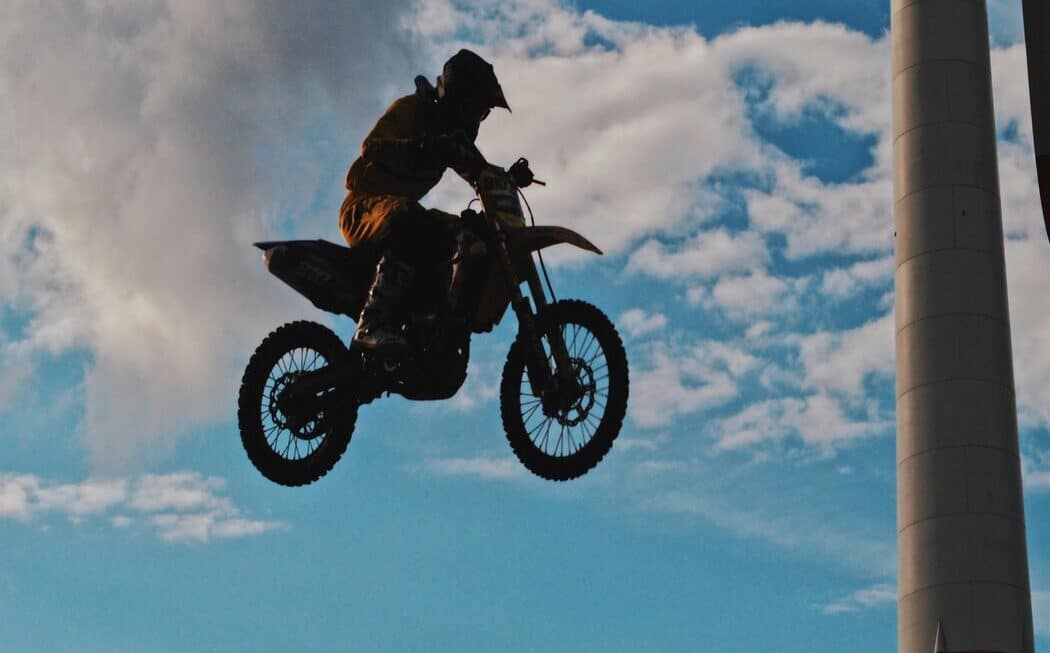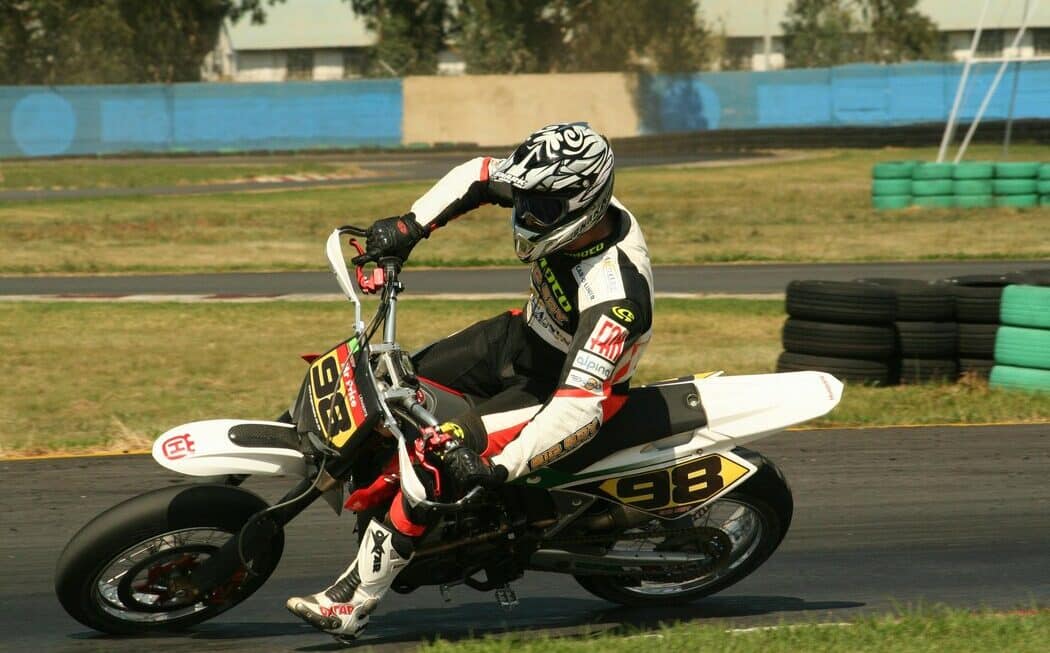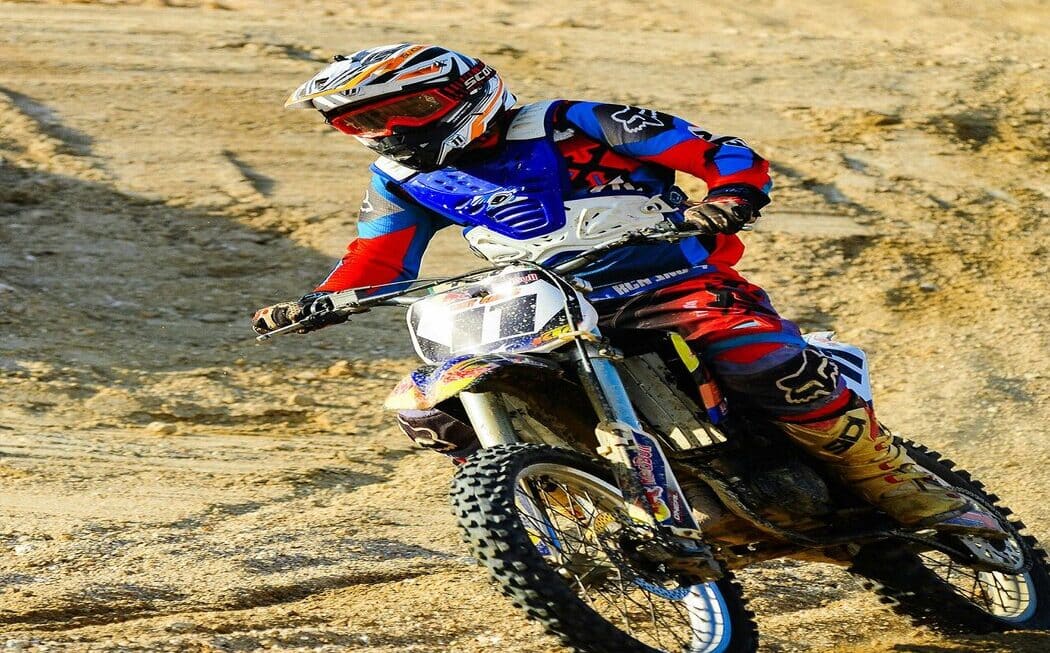For those who are new to the exhilarating world of off-road biking, choosing the right-sized dirt bike can be a pivotal moment. Getting it right means starting your adventure with the gears set for a ride that’s both fun and safe. From the backwoods trails to the motocross tracks, your machine needs to fit you like a glove. But what size dirt bike is the right fit? This question leads to a myriad of factors to consider. Here’s a comprehensive guide for beginners on determining the perfect size for your dirt bike endeavors.
Understanding Dirt Bike Sizing
Navigating Frame and Engine Size
When we talk about the size of a dirt bike, we generally refer to the engine size in cubic centimeters (cc) and the frame height. Engine size often correlates with the level of experience—a larger engine typically means more power and top speed, whereas a smaller one tends to offer more manageability and a gentler learning curve. In terms of frame height, this is crucial for being able to reach the ground comfortably with both feet while sitting on the bike. Ultimately, the goal is to find the sweet spot where you have enough power for your intended riding style, but not so much that it’s overwhelming.
Considering Rider Experience and Skill Level
It’s essential for beginners to accurately assess their riding experience and skill level before settling on a dirt bike size. Novices might find a bike with a smaller engine size (under 250cc) more forgiving and easier to handle. These bikes typically offer a smoother transition into dirt biking, providing an optimal balance between power and control. On the other hand, intermediate and experienced riders may prefer bikes with larger engines (250cc and above), which can offer the advanced performance and speed necessary for challenging tracks and competitive racing. Always prioritize machines that match your current skill set, with room to grow as your proficiency increases.
Safety and Comfort Above All
Having a bike that is the right size for you is more than just a comfort issue—it’s a safety one too. Proper fit ensures that you can control the bike effectively, which is essential for handling, stopping, and balance. A bike that’s too tall or heavy can be more difficult to handle, leading to accidents. Conversely, a bike that’s too small can cause discomfort and impede your ability to move freely, also increasing the risk of injury.
Factors to Consider
Rider’s Experience Level Matters
For beginners, a dirt bike that is more manageable in terms of size and power is recommended. This not only helps ease you into the sport but also builds your skills and confidence. More experienced riders can handle larger bikes due to their developed sense of control and riding techniques.
Height and Weight Considerations
A general rule of thumb is that a rider’s height should allow them to sit on the bike with their feet flat on the ground. This means the bike’s top tube or seat should not be so high that a rider has to tip-toe or, conversely, too low that they’re seated too low to comfortably reach the hand and foot controls. Weight is also a factor; heavier riders may need a larger bike to handle the load and provide adequate power and suspension.
Understanding Dirt Bike Power and Engine Size
The engine size of a dirt bike, measured in cubic centimeters (cc), directly correlates with its power output. For novices, starting with a bike ranging between 125cc to 250cc is generally advisable. These bikes offer sufficient power for learning and enjoyment without being too intimidating. Advanced riders might opt for something in the range of 250cc to 450cc, providing higher performance and capability for challenging terrains and competitive racing. It’s essential to align the bike’s power with your skill level to ensure a blend of safety, control, and enjoyment.
Riding Style and Terrain Play a Role
Are you more into long trail rides or adrenaline-pumping motocross? Different styles of riding demand different bike sizes. For example, trail riders might prefer a bike with a more balanced power-to-weight ratio, while motocross riders usually go for higher-powered bikes that can power through races and jumps.
Sizing Guidelines
Consult Bike Size Charts
Most manufacturers provide bike size charts, which can be a great starting point. These charts usually offer recommended bike sizes based on a rider’s height. Remember, however, these are guidelines and might not always be spot on for your body’s unique proportions and comfort levels.
Test Ride Different Models
Before making a final decision, it’s crucial to test ride different models. A bike might look perfect on paper and even seem to fit within the recommended size chart parameters, but the true test of its suitability comes from how it feels when you’re riding it. Pay close attention to how easy it is to maneuver, the comfort of the seat, and whether you can easily reach all the controls. Your own physical response to the bike is the best indicator of whether it’s the right fit for you.
Try Before You Buy
The best way to ensure a dirt bike fits you is to try it out. This could mean visiting a dealership or attending demo days to get a feel for the different sizes available. Sitting on the bike, attempting some movements, and judging your comfort and control can provide valuable feedback.
Tips for Beginners
Balance Comfort with Control
While power and handling are important, comfort should not be overlooked. You’ll be spending a lot of time on your bike, so make sure it feels good to sit on. At the same time, your comfort should not come at the expense of control. Test out a bike by standing up on it and considering if you feel poised and ready to tackle the terrain.
Learn from Seasoned Riders
An experienced rider can offer invaluable advice when it comes to choosing a dirt bike size. They’ve been in your position and can share their insights on what to expect, common challenges, and the best way to find your ideal ride.
Invest in Quality Gear
Equally important to choosing the right dirt bike is selecting appropriate riding gear. Protective gear such as helmets, boots, gloves, and appropriate clothing can significantly reduce the risk of injury. Opt for gear that offers both protection and comfort, ensuring you can focus on enjoying the ride and honing your skills.
Begin with Basic Maintenance Skills
Before hitting the trails, familiarize yourself with basic dirt bike maintenance. Understanding how to perform simple checks and repairs can save you time and trouble in the long run. This includes tasks like chain lubrication, tire pressure checks, and basic engine maintenance. Beginning with a solid foundation in bike care will enhance your riding experience and prolong the life of your bike.
Practice in a Safe Environment
Starting your dirt bike riding experience in a safe, controlled environment is key to building confidence and skill. Look for areas specifically designed for beginners or flat, open spaces without too much traffic. This allows you to get accustomed to the bike’s controls and handling at your own pace, without the pressure of challenging terrains or other riders. Remember, patience and steady progression are crucial in becoming proficient and comfortable on your bike.
Gradually Challenge Yourself
Once you’ve gained confidence and feel comfortable with the basics, it’s time to gradually introduce new challenges. Begin by tackling slightly more difficult terrains, such as gentle slopes or areas with minor obstacles. This will not only improve your skills but also keep the riding experience exciting and rewarding. Remember, the key to mastering dirt biking is consistent practice and pushing your limits within reason. Always prioritize safety and know your limits to prevent accidents.
Join a Community of Riders
Connecting with a community of fellow dirt bike riders can significantly enhance your learning experience. Join local riding clubs or online forums where you can share experiences, ask for advice, and receive support. Riding with others not only makes the experience more enjoyable but also provides an opportunity to observe and learn from more experienced riders. Additionally, being part of a community can open up opportunities for group rides on diverse trails, further expanding your skills and confidence on your bike. Always remember, the collective wisdom of a community can be incredibly valuable for beginners and seasoned riders alike.
Stay Updated on Maintenance and Safety Practices
Regular maintenance of your dirt bike is essential to ensure its optimum performance and your safety. Familiarize yourself with basic maintenance tasks such as checking tire pressure, oil levels, and brake functionality before every ride. Attending a basic motorcycle maintenance workshop can also equip you with the skills needed to perform routine checks and minor repairs. Additionally, always adhere to safety practices such as wearing appropriate gear including a helmet, gloves, and protective clothing. Educating yourself on first aid and how to handle potential accidents on the trail can also make a significant difference in ensuring a safe riding experience. Staying informed and prepared are key components in enjoying dirt biking while minimizing risks.
Conclusion
The right size dirt bike isn’t just about the numbers or the charts—it’s about how you feel when you’re on the bike. Trust your comfort level and seek out the advice of those who have been riding for a while. Remember, safety and enjoyment go hand in hand, so take the time to find a bike that offers both. With the right bike, your journeys into the off-road world are bound to be adventures you’ll never forget.



